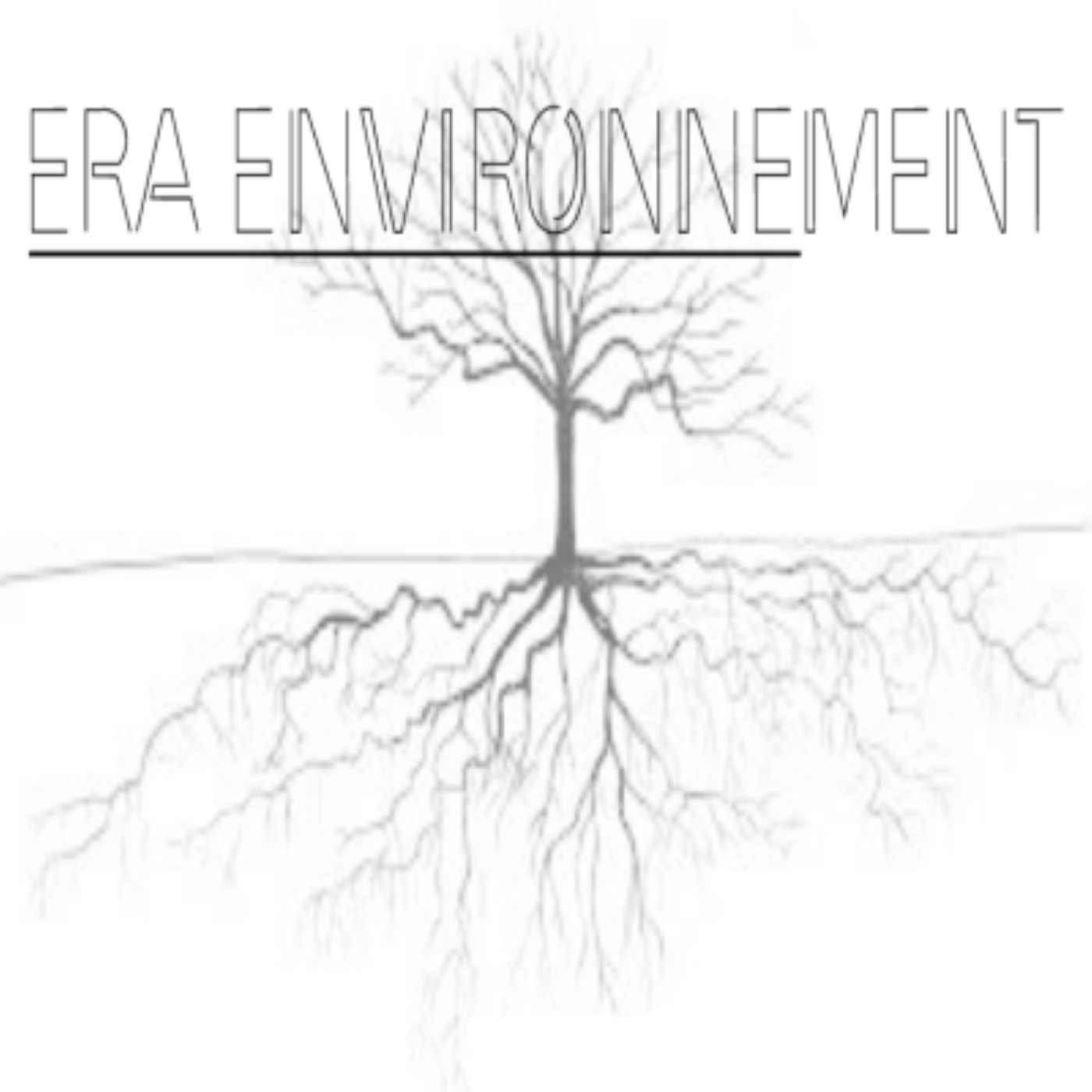Earthquake in Morocco: The Kingdom has decreed three days of national mourning
By Houmi AHAMED-MIKIDACHE
A large-scale earthquake spread in Morocco on the night of Friday 8 to Saturday 9 September causing the deaths of 1037 people and 1204 injured (official sources). These are provisional figures.
Huge damages in Marrakech were observed and relayed in social networks, following the earthquake felt in the south of the Cherifian kingdom. The magnitude of the earthquake was 6.8 degrees on the Richter scale with its epicenter in the tourist city of Marrakech, according to the National Center for Scientific and Technical Research (CNRST) based in Rabat. Several other cities were affected including Agadir.
According to “The OECD Review of Risk Management in Morocco”, a report by the Organisation for Economic Cooperation and Development (OECD) in 2017, taken over by Era Environnement, Morocco’s vulnerabilities have increased with economic development, rapid urbanization, a concentration of some coastal activities and increasing exposure to climate change. According to this report, Morocco experienced 47 natural disasters between 1960 and 2015.
But the Cherifian Kingdom has taken steps in the last twenty years to address climate change, through the adoption of laws and by improving the risk management framework, reports the OECD. The 22nd United Nations Climate Change Conference, according to the international institution, contributed to raising awareness on the issue of natural hazards.
The recommendations
The OECD report recommends three approaches in Morocco. The creation of a partnership between different scientific frameworks and institutions, based on the United Kingdom model of partnership on natural hazards. The OECD also recommends the creation of an independent risk observatory, such as the national risk observatory in France. And finally, the institution representing the “Global North” advocates the establishment of a dedicated technical structure involving several ministries, that of the environment, general affairs and governance as well as that of the interior. This structure could provide expertise in risk assessment and information such as the National Prevention Center of Mexico (CENAPRED).
According to the OECD, in 2004, 600 people died and 12,000 houses were destroyed in the Al Hocema region following the last earthquake.
Currently, in rural areas, several people cannot be found. The Kingdom of Morocco has decreed three days of mourning. Several countries have expressed support and are still listening for an intervention. Calls for donations and support from the Moroccan diaspora in particular have begun.




